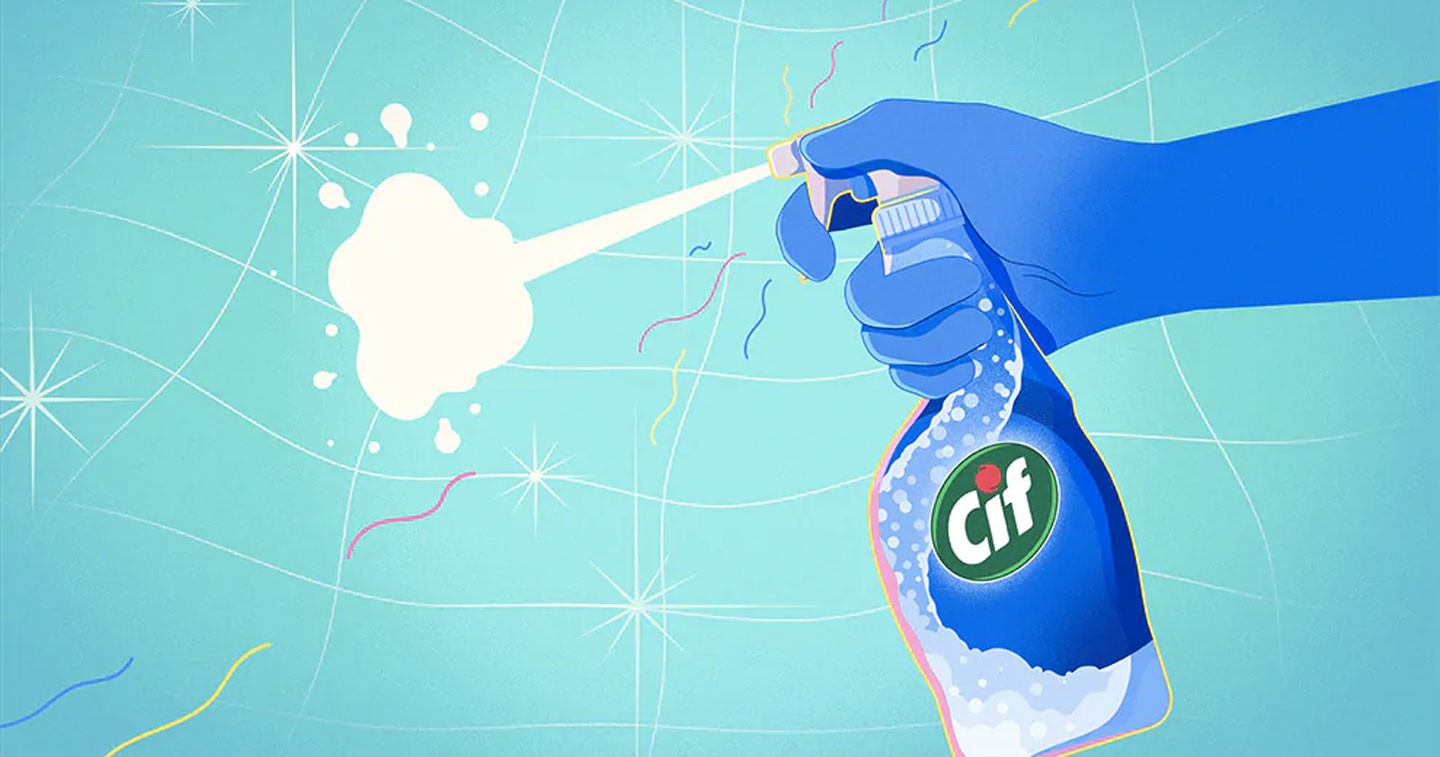LONDON, UK – Unilever announced its results for the third quarter of 2020. The strong performance – with underlying sales up 4.4% – reflects the resilience of our portfolio and our agility in responding to changing consumer and channel dynamics.
- Underlying sales growth of 4.4%, with 3.9% volume and 0.5% price
- Emerging markets underlying sales growth 5.3% and developed markets 3.1%
- Turnover decreased 2.4%, with a negative impact from currency of 7.7%
- Quarterly shareholder dividend maintained at €0.4104 per share
Commenting on the results, CEO Alan Jope says: “We have delivered a strong performance this quarter. Volume-led growth shows the resilience of our portfolio and our agility in responding to rapidly changing dynamics across consumer segments, geographies and channels.
“We continue to progress our strategic change agenda. Our proposals to simplify Unilever’s dual-headed legal structure have received strong support from both NV and PLC shareholders, and we have set out our Clean Future strategy in Home Care, to eliminate fossil fuel derived carbon from our cleaning products by 2030.
“The environment we are operating in will remain unpredictable in the near term, so we will continue to maintain the speed and agility of our response. Our focus remains volume-led competitive growth, delivering absolute profit and free cash flow.”
Our markets
Covid-19 continues to influence consumer behaviours and channel dynamics in our markets. In North America, market growth continued to be driven by elevated demand for foods consumed at home. European markets saw a mixed picture on growth and a challenging pricing environment. In China, growth improved slightly compared to the second quarter. After a strict lock-down earlier in the year, India saw a pick-up in economic activity, even though cases of Covid-19 continued to increase. In Indonesia and Latin America markets contracted in the third quarter.
Unilever overall performance
We continued to respond with agility to the changing consumer and channel dynamics that have come about as a result of the Covid-19 pandemic, focusing on driving execution against the five growth fundamentals we set out earlier this year.
Underlying sales growth accelerated compared to the second quarter. Elevated levels of growth for hand and home hygiene products continued, as well as for food consumed at home. Our food service and out of home ice cream businesses continued to decline, however at lower levels compared to the second quarter. Performance also improved in our other categories, with declines lessening in deodorants and skin care, while laundry and hair returned to growth. Online channels continued to grow, and our e-commerce business grew 76%.
Emerging markets grew 5.3%, as China’s recovery continued, and India and Brazil returned to growth. Developed markets grew 3.1%, led by ongoing strength in North America. In Europe, volumes grew despite a negative impact from out of home ice cream and food service, although this was more than offset by increased pressure on price, driven by a step up in promotional intensity.
Turnover decreased 2.4%. There was a positive impact of 1.3% from acquisitions net of disposals and a negative impact of 7.7% from currency.
Beauty & Personal Care
Beauty & Personal Care underlying sales grew 3.8%, with 3.5% from volume and 0.4% from price.
Demand for hand hygiene products remained high, albeit slightly below levels seen in the second quarter, and skin cleansing delivered underlying sales growth of 19.9%. Growth was supported by innovations including Dove’s entry into the antibacterial segment, and the extension of Lifebuoy into new formats and channels across several European markets.
Skin care declined high-single digit and deodorants declined low-single digit. Both categories were negatively impacted by restricted living conditions, although improved compared to the second quarter as many countries eased lockdowns. Hair grew overall, as a decline in styling was offset by growth in wash and care products.
Our Prestige business grew as the health and beauty channel reopened, although footfall remained subdued.
Home Care
Home Care underlying sales grew 6.7%, with 8.5% from volume and negative pricing of -1.6%.
Consumer demand for household cleaners to combat the spread of Covid-19 continued. Our home and hygiene brands delivered high-teens underlying sales growth, with germ-killing and antibacterial benefits particularly sought after. We launched Domestos in China, as well as extending the brand to bleach-based spray and wipe formats.
Fabric solutions grew low-single digit, although price declined as we passed on reduced commodity costs particularly in European and South East Asian markets. In Latin America, our six-times concentrated Omo laundry liquid, designed to be diluted at home, was a growth driver. Fabric sensations grew low-single digit, and we launched new Comfort fragrance boosters in China, dual-colour beads with luxury-inspired fragrances.
Foods & Refreshment
Foods & Refreshment underlying sales grew 3.7%, with 1.8% from volume and 1.8% from price.
Our retail foods business grew double digit and tea saw mid-single digit growth as in-home eating occasions continued at elevated levels. Hellmann’s grew mid-teens, with Hellmann’s Vegan now available in 30 markets.
Sales of ice cream grew, driven by both volume and price. Mid-teens growth of in-home ice cream, led by brands including Ben & Jerry’s and Magnum, more than offset the decline in out of home ice cream sales.
The food service channel remained fully or partially closed in many markets and food service sales declined by over 20%, however trends continue to improve with China now returning to growth.
We have made good progress in integrating the Horlicks business and we continue the work to implement the separation of our tea businesses.









